The Lecht winter sports resort has had to shut because the cost of making snow is now too expensive due to “astronomical” power bills.
Snow making factories were bought to help resorts survive a shortage of the real stuff – but the energy bills are now too high for business when there are too few skiers and boarders.
The Scottish winter sports season has been a postcode lottery – with an East-Wide divide and high energy costs.
Glencoe Mountain Resort – Britain’s oldest winter sports resort – had a record January which saw 12,000 skiers and boarders hit the slopes.
But it has not been able to offer skiing for the past six weeks.
Rising diesel bills hit snow factory
The Lecht has had some great periods, but is currently closed until Easter to save money.
Nigel Hake, operations manager at The Lecht, said: “The cost of making snow has risen from £500-a-day to £1200 to £1500-a-day.
“Our energy costs have tripled and you cannot get the increased footfall every day to cover that cost. The irony is that there has been massive investment by resorts in making man-made snow to at least guarantee some skiing.
“That was made in a time of a stable energy platform. But the rug has been pulled from under our feet with the astronomical energy price rises.
“A bit more help from government would not go amiss. The industry creates jobs and helps bring in tourism to the area.
“But it is getting very difficult. You have a strong season and you are facing a struggle because of the costs.”
The Lecht plans to open between April 1 and April 16 for the normally busy Easter period.
The snow making factories – some of which use diesel – also received large financial help from taxpayer-funded grants as a way of resorts offering some skiing throughout the season.
East v West divide for snow this year
Nevis Range, which has only offered a relatively few days of skiing this season, is closed for snow sports, but Cairngorm Mountain and Glenshee have benefitted most from the dumps when they have come because of their geographical position.
Glencoe Mountain is currently offering just sledging.
The resort’s managing director Andy Meldrum – who is also chairman of Ski Scotland – said it had been a season where West was not best.
“The West Coast resorts have had a poor season, while those in the east have had a reasonable season,” he said.
“We had a great January with a record 12,000 skier days. But we have not had skiing for six weeks. The upper level is 90 percent in tact but it is the other 10 percent that is needed and we don’t have the snow to patch it up.
“I think overall it has been an average season – the West Coast has done poorly while the East Coast has done pretty well.”
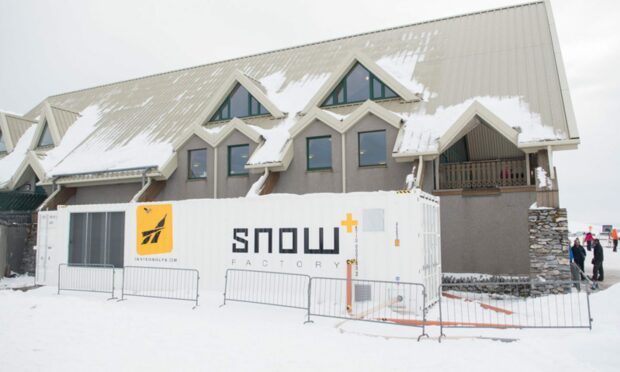
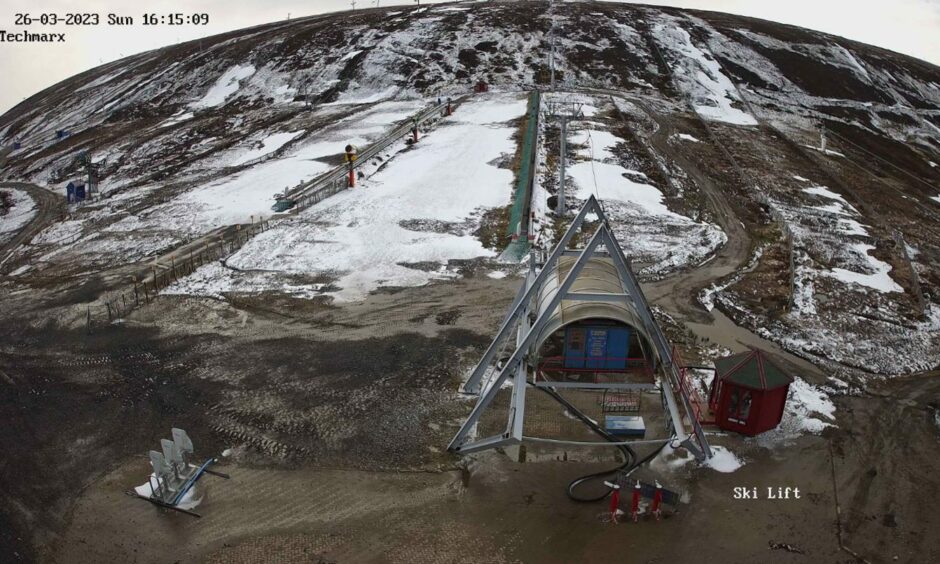

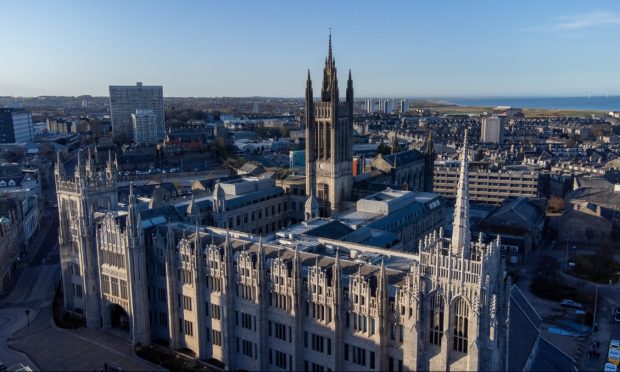
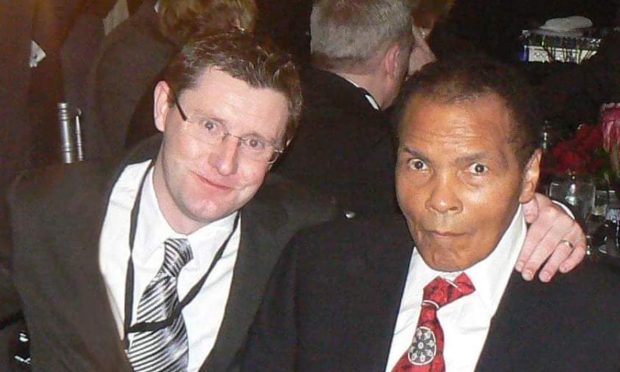

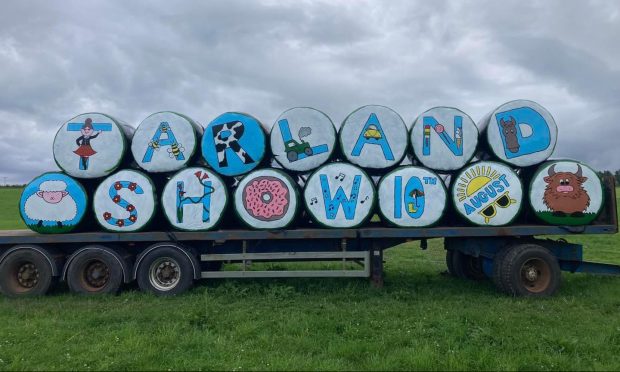
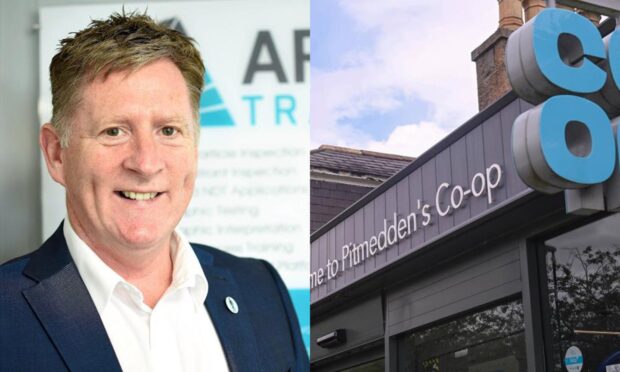
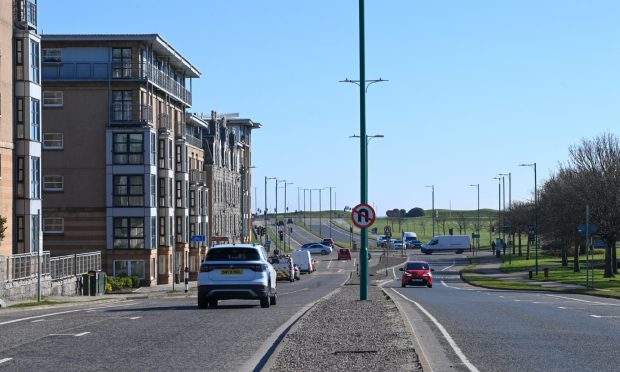
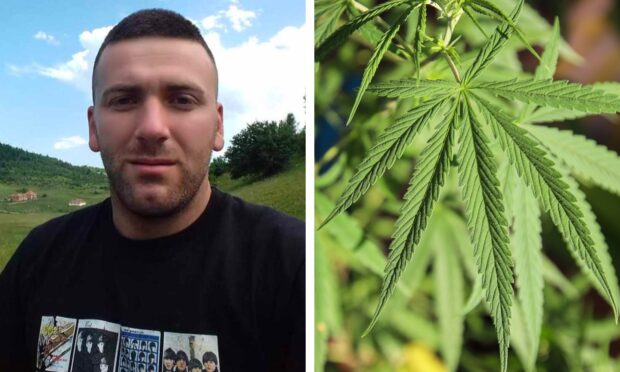
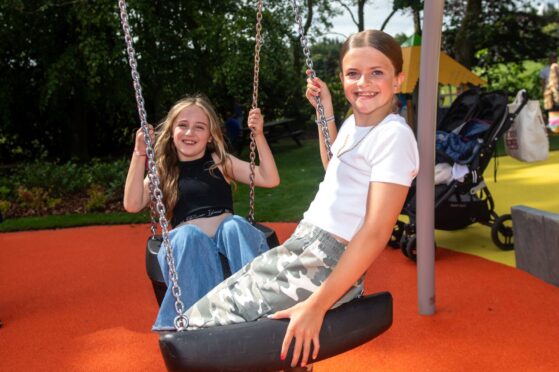
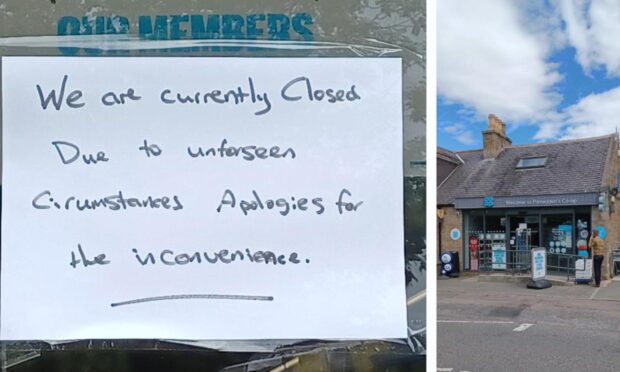
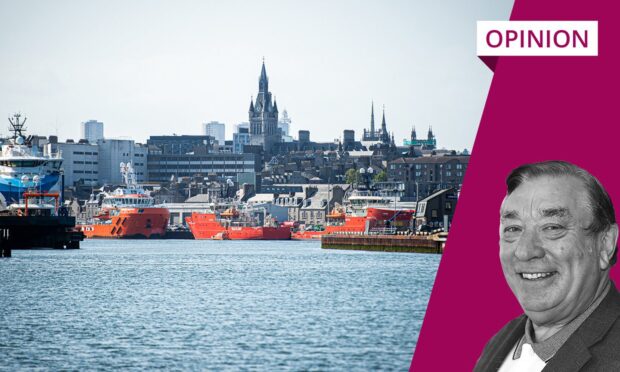
Conversation